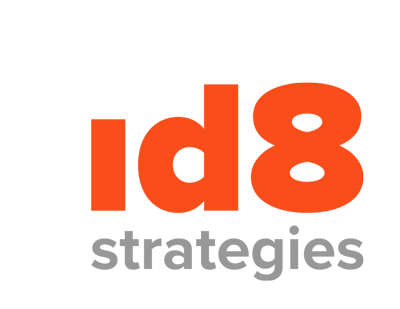Has anyone ever said to you that they want more emails?
A Simple & Immediate Win for Email Efficiency
I like to call it the see-see problem: when we copy people for the sake of optics, habit, or fear of exclusion, we often create more clutter than clarity.
One of the fastest ways to reclaim your time and reduce unnecessary noise in your workday is by becoming intentional about one of the smallest buttons to use or NOT to, CC.
It seems harmless – just a click to keep someone “in the loop” or them including you is where the email madness begins.
The overuse of CCs and “Reply All” has become a major drain on organizational attention. And if there was ever a time where we needed more focus, it’s RIGHT NOW!
The good news? Establishing a few simple guidelines around CCs can provide a surprisingly big efficiency win for your team.
The Real Cost of Casual CCs
Every CC is an incoming open loop for someone else. Even if it requires no action, the recipient must still process it: read, evaluate, and decide whether to delete, file, or respond. Multiply that by dozens – or hundreds – of emails a week, and you’ve got a hidden productivity tax.
And when people are unnecessarily copied, two things often happen:
- Diluted responsibility. If “everyone” is on the thread, no one feels fully accountable.
- Decision drag. More eyes can mean more replies, more opinions, and more cycles of “Reply All.”
Attention is a scarce resource. CCs consume it quickly.
Guidelines for Intentional CCs
Here’s a framework to bring sanity back to your inbox:
- CC with a clear purpose. Only copy someone if the information is directly relevant to their responsibilities. If it’s just FYI, ask yourself: Is this truly useful to them?
- Avoid defensive CCs. Don’t copy your boss – or someone else’s – just to cover yourself. Trust is not built through email trails.
- Respect levels of engagement. Leaders often want the high-level summary, not the blow-by-blow. Consider a weekly digest instead of 27 scattered CCs.
- Be explicit. If you do CC someone, clarify why: “I’ve copied Maria so she’s aware of the deadline.” This reduces ambiguity and signals intention.
- Discourage Reply All reflexes. Set a team norm: default to “Reply” unless everyone truly needs the information.
What to Stop Doing Immediately
- Stop CC’ing entire teams “just in case.”
- Stop using CCs as an archive substitute – tools exist for that.
- Stop equating visibility with effectiveness. More people in the thread rarely equals more progress.
The See-See Win
Clarity is kindness. Every intentional decision about who not to CC is a gift of focus to your colleagues. It says, “I respect your time and attention.”
Imagine if your organization reduced even 20% of unnecessary CC traffic. That’s thousands of hours of reclaimed bandwidth across the enterprise – time that could be invested in creative work, problem-solving, or simply breathing space.
Getting things done isn’t about doing more. It’s about clearing the clutter that prevents us from doing what really matters. The humble CC is a beautiful place to start.
So, the next time your cursor hovers over that box, pause and ask: Does this person really need to see-see?
Your colleagues – and your future self – will thank you.


